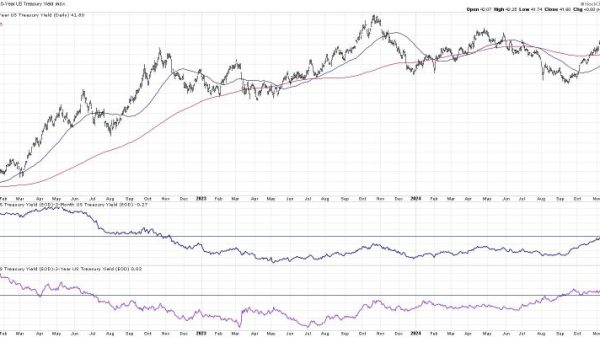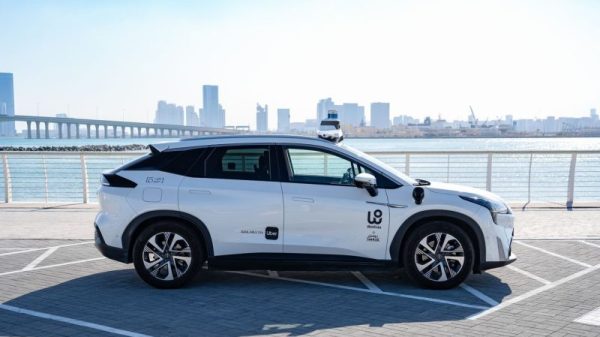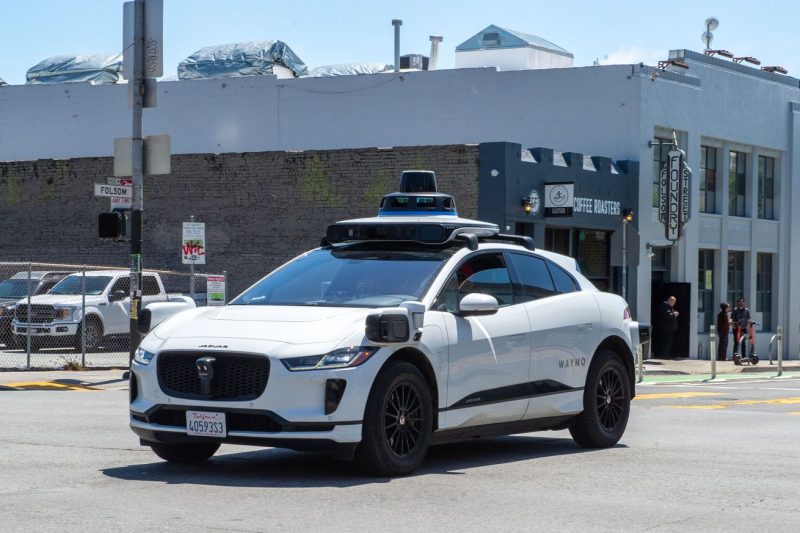In a recent incident that has caused a buzz in the tech and automotive world, a Waymo self-driving car was pulled over by the police for driving in the oncoming lane. The incident took place in San Francisco when a Waymo vehicle reportedly crossed a double yellow line into the opposing lane of traffic. The story serves as a reminder of the complexities that arise with the integration of autonomous vehicles on public roads, raising questions surrounding the technology’s reliability and safety protocols.
Waymo, a subsidiary of Alphabet Inc., has been a frontrunner in the development of autonomous driving technology and has been testing its self-driving vehicles on public roads for several years. However, this incident highlights the challenges that still exist in ensuring that these vehicles operate safely in real-world scenarios. The fact that a Waymo car, equipped with advanced sensors and algorithms, made such a critical error raises concerns about the readiness of autonomous vehicles for widespread deployment.
One of the key issues in the case of the pulled-over Waymo car is the interpretation and response to complex traffic situations. While autonomous vehicles are designed to follow traffic laws and regulations meticulously, unexpected scenarios can sometimes confuse the vehicle’s decision-making algorithms. In this instance, it appears that the Waymo car may have misinterpreted the road markings or the presence of oncoming traffic, leading to the traffic violation that caught the attention of law enforcement.
The incident also underscores the importance of effective communication and collaboration between autonomous vehicle manufacturers and local authorities. As self-driving technology continues to evolve, it is crucial for companies like Waymo to work closely with law enforcement agencies to address any issues that arise during testing and deployment. Clear protocols and lines of communication can help ensure that incidents such as the one involving the pulled-over Waymo car are handled swiftly and effectively.
Furthermore, the public’s perception of autonomous vehicles can be greatly influenced by high-profile incidents like this one. While advocates of self-driving technology emphasize its potential to improve road safety and reduce traffic congestion, events that call into question the reliability of autonomous systems can erode trust among consumers and policymakers. It is therefore essential for companies like Waymo to be transparent about the circumstances surrounding such incidents and to demonstrate a commitment to addressing any shortcomings in their technology.
In conclusion, the case of the pulled-over Waymo car serves as a reminder of the challenges and complexities associated with the deployment of autonomous vehicles. While self-driving technology holds great promise for the future of transportation, incidents like this underscore the need for continued innovation, collaboration, and transparency in the development and implementation of autonomous systems. By learning from such events and working together to address issues as they arise, companies like Waymo can help build trust in autonomous vehicles and pave the way for a safer and more efficient future on the roads.




























